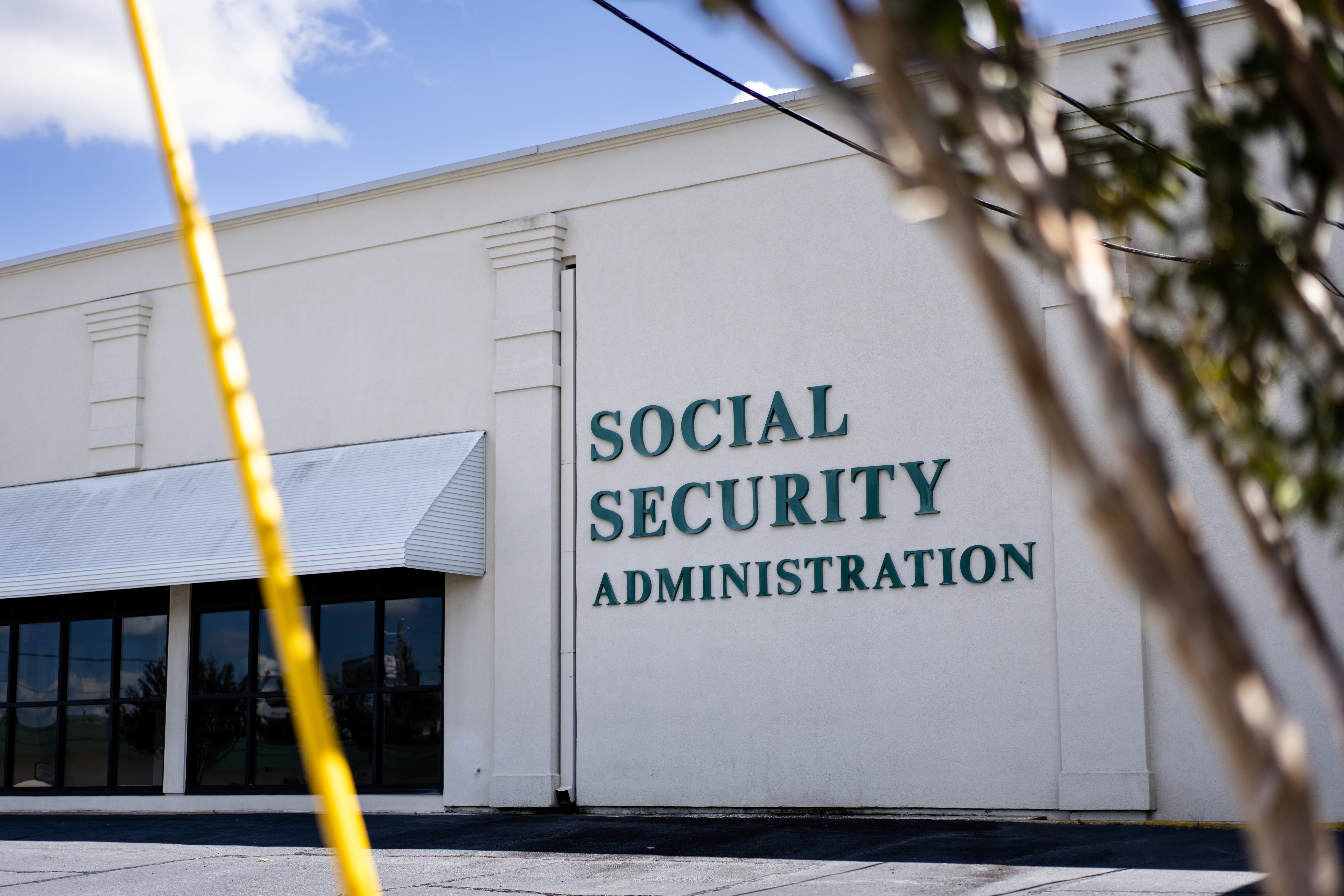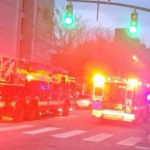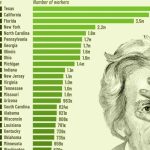Checks will keep coming for 70 million Americans, although some agency services will pause as thousands of employees are furloughed.

The government has shut down after lawmakers failed to break a deadlock and pass a stopgap spending bill, but one of the most pressing questions for millions of Americans has a simple answer—Social Security checks will keep coming.
“Funding for the programs under Titles II, XVI, and XVIII of the Social Security Act will continue, even in the event of a lapse in appropriations,” Tom Holland, the agency’s chief financial officer, wrote in the contingency plan. He said the agency would continue “activities critical to our direct-service operations and those needed to ensure accurate and timely payment of benefits.”
That means the roughly 70 million people who receive Social Security and Supplemental Security Income benefits will keep getting paid on time, regardless of how long the shutdown lasts, even as large parts of the federal workforce are furloughed.
The agency’s plan cites longstanding legal opinions from the Justice Department that permit continuation of work “by necessary implication” if it is essential to carrying out funded programs.
Field Offices Stay Open
For the public, that means most SSA services will remain accessible. People will still be able to apply for benefits online, by phone, or in person at field offices, which remain open during a shutdown.
Claims, appeals, and critical post-entitlement updates such as changes of address or direct deposit information will continue to be processed. Hearings for disability cases will also proceed, with administrative law judges and decision writers deemed essential and exempt from furlough.
Other staff who will continue to work include frontline employees, IT specialists who maintain the agency’s vast computer systems, and fraud prevention teams.
Some Services Will Pause
Still, the shutdown is not without effects. The SSA says it is halting work that does not directly affect payments. That includes routine processing of overpayments, Freedom of Information Act requests, replacing Medicare cards, and public outreach.
Non-critical prisoner reporting activities, some quality-review functions, public relations, and staff training will also be suspended until the government reopens.
“We are committed to ensuring that, consistent with the constraints of a partial shutdown, we conform with applicable law, regulation, and guidance, yet continue to serve the American people in these difficult times,” Holland said.
Wider Federal Fallout
The outlook is more uncertain for other parts of the federal workforce. The White House budget office has directed agencies to prepare for large-scale reductions in force, and President Donald Trump said this week that “a lot” of federal employees could be laid off if the shutdown drags on.
Roughly 750,000 federal workers are expected to be furloughed under the shutdown order, and many agency offices will close their doors.
The shutdown, which began at 12:01 a.m. on Oct. 1, immediately sparked finger-pointing on Capitol Hill, with Republicans blaming Democrats for insisting on extra health care spending in the stopgap bill and Democrats accusing Republicans of refusing to compromise to keep the government open.










